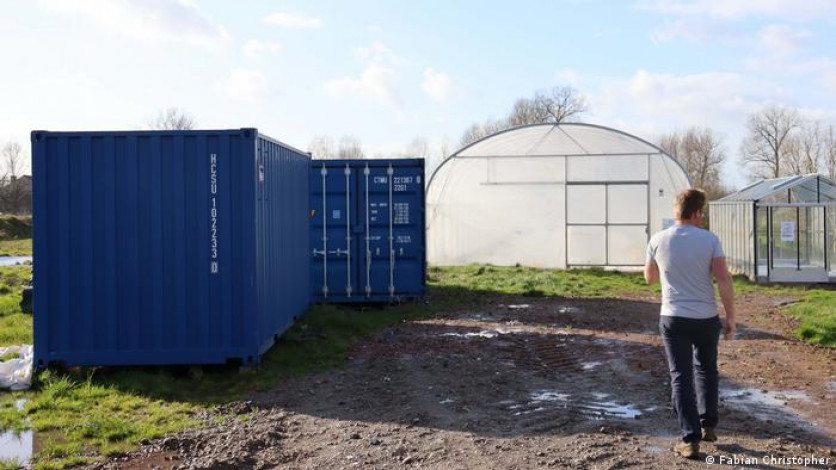
Heirbaut has also started a laboratory where he produces protein-rich microalgae. Picture: Collected
European agriculture produces millions of tons of CO2 each
year. Encouraging farmers to capture carbon in their land to sell credit to
businesses can help reduce emissions?
"Now society expects much more from farmers,"
reflects Belgian dairy farmer Kris Heirbaut. "Not only that we produce
food, but that we also help reduce climate change."
Heirbaut owns a farm in the town of Flemish in the Temse, 30
kilometers (19 miles) from the port city of Antwerp. Outside of the farm, he
has a small shop selling dairy products, including ice cream made from his own
cow's milk.
Two years ago, concerned about the damage to agriculture to
the environment, Heirbaut signed up to a European Union-funded "carbon
farming" pilot project aimed at improving the health of agricultural soils
while tackling climate change.
The project, concluded in summer 2021, enabled farmers in
Belgium, the Netherlands, Germany and Norway to sell carbon credits for carbon
sequestered on their land. The EU gave the farmers scientific advice and administrative
support to issue their first credits to local companies.
In December 2021, the EU presented its carbon farming
initiative, with the intention to replicate the project across Europe. The EU
initiative encourages farmers to make changes such as applying fertilisers rich
in carbon, reducing tillage that disturbs the soil, and planting trees and
crops that can absorb carbon dioxide from the atmosphere.
Soil is a vital carbon deposit, but industrial cultivation,
without absorbing CO2, often releases it into the atmosphere - for example with
a plow which, if repeated, can cause soil erosion.
Since signing up for the initiative, Heirbaut has planted a
field of slender-leaf plantain - a perennial type of weed with high carbon
sequestration potential - as well as a year-round crop. In total, it has about
14 hectares (34 acres) of land covered with grass, clover, alfalfa, rivert
plantain and chicory, which can isolate CO2 throughout the year.
"Because we mow the grass four times a year, but we
don't need farming equipment to work in the soil, the carbon that the tree
roots will bring to the soil will stay there," he explained.
Heirbaut also has a field dedicated to agroforestry, where
trees or shrubs grow around crops and pastures. These trees release carbon, and
the shade of the trees allows cows to graze in the summer, another practice
that can help farmers absorb CO2. The EU hopes that giving farmers a financial
incentive will help them shift more agricultural land from capturing their
increasing carbon emissions. The Carbon Farming Initiative is part of the
European Green Deal, the EU's roadmap for climate neutrality by 2050. An
estimated more than 385 million tons of CO2 come from European farming,
according to European Environmental Agency data — just over 10 percent of the
bloc's total emissions. Find more details.
|Source: Online/SZK
Comment Now